If you’ve ever set up a desktop PC, server rack, or professional audio equipment, chances are you’ve handled an IEC power cable. These standardized connectors are everywhere—from office computers to data centers—ensuring safe, reliable, and globally compatible power connections.
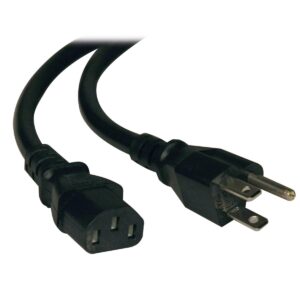
IEC Power Cables
In this guide, we’ll break down the essentials of the IEC 60320 standard, explain the different connector types like C13, C14, and C19, and explore how they fit into applications ranging from IT infrastructure to audio gear.
1. What is an IEC Cable? Why IEC 60320 Matters
IEC power cables follow the IEC 60320 standard, created by the International Electrotechnical Commission (IEC).
This standard defines inlets (male) and connectors (female) that pair together, ensuring compatibility across devices and regions.
Why is it important?
🌍 Global interoperability – manufacturers can design equipment that works with the same cords worldwide.
🔒 Safety compliance – IEC 60320 ensures connectors meet strict safety requirements.
🔧 Easy replacement – users can swap cables without custom wiring.
2. IEC 60320 Connector Types Explained
The IEC 60320 standard includes many connector pairs, each designed for different power requirements. Here are the most common:
C13 & C14
C13 (female) plugs into equipment; C14 (male) is the inlet on the device.
Current rating: up to 10A (or 15A in some regions).
Common in desktop PCs, monitors, networking switches.
C15 & C16
High-temperature version of C13/C14.
Rated for appliances that generate heat.
Used in kettles, IT equipment with higher thermal output.
C19 & C20
Larger connectors for high-power devices.
Rated for 16A–20A, supporting heavy loads.
Found in servers, UPS systems, power distribution units (PDUs).
3. How to Choose the Right IEC Power Cable
When selecting an IEC power cord, keep these factors in mind:
Current & Voltage Rating – match your device’s requirements.
Cable Length & Gauge – longer cables may need thicker wires to prevent voltage drop.
Connector Type – check the equipment inlet (C14, C20, etc.) before ordering.
📊 Example Applications:
| Connector Type | Typical Devices |
|---|---|
| C13/C14 | PCs, monitors, projectors, printers |
| C15/C16 | IT gear with higher temps, small appliances |
| C19/C20 | Servers, UPS, high-power PDUs |
4. IEC Cables and Audio Equipment: The Connection
You might wonder why IEC cables often appear alongside XLR and TRS audio cables in searches.
Here’s why:
IEC cables supply power to devices like amplifiers, mixers, and studio monitors.
XLR/TRS cables carry the audio signals between microphones, mixers, and speakers.
Together, they form the backbone of both IT setups and professional studios—power from IEC, sound from XLR/TRS.
🔎 Conclusion
IEC power cables are the unsung heroes of modern electronics. By standardizing power connections across devices, the IEC 60320 standard ensures safety, compatibility, and ease of use worldwide.
When choosing an IEC cable, always check your equipment’s inlet type, current rating, and application. Whether you’re powering a desktop computer, a high-density server rack, or studio audio equipment, there’s an IEC solution designed for the job.

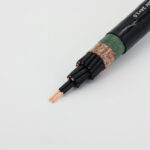
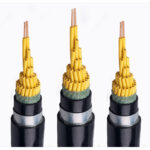
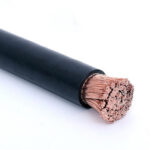
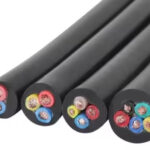
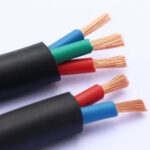
2 comments
Buy Best Proxy 09/07/2025
Heya i am for the first time here. I came across this board and I find It truly useful & it helped me out a lot. I hope to give something back and help others like you helped me.
Cara mancing ikan air tawar 09/23/2025
It's a shame you don't have a donate button! I'd definitely donate to this fantastic blog! I suppose for now i'll settle for bookmarking and adding your RSS feed to my Google account. I look forward to brand new updates and will share this website with my Facebook group. Chat soon!